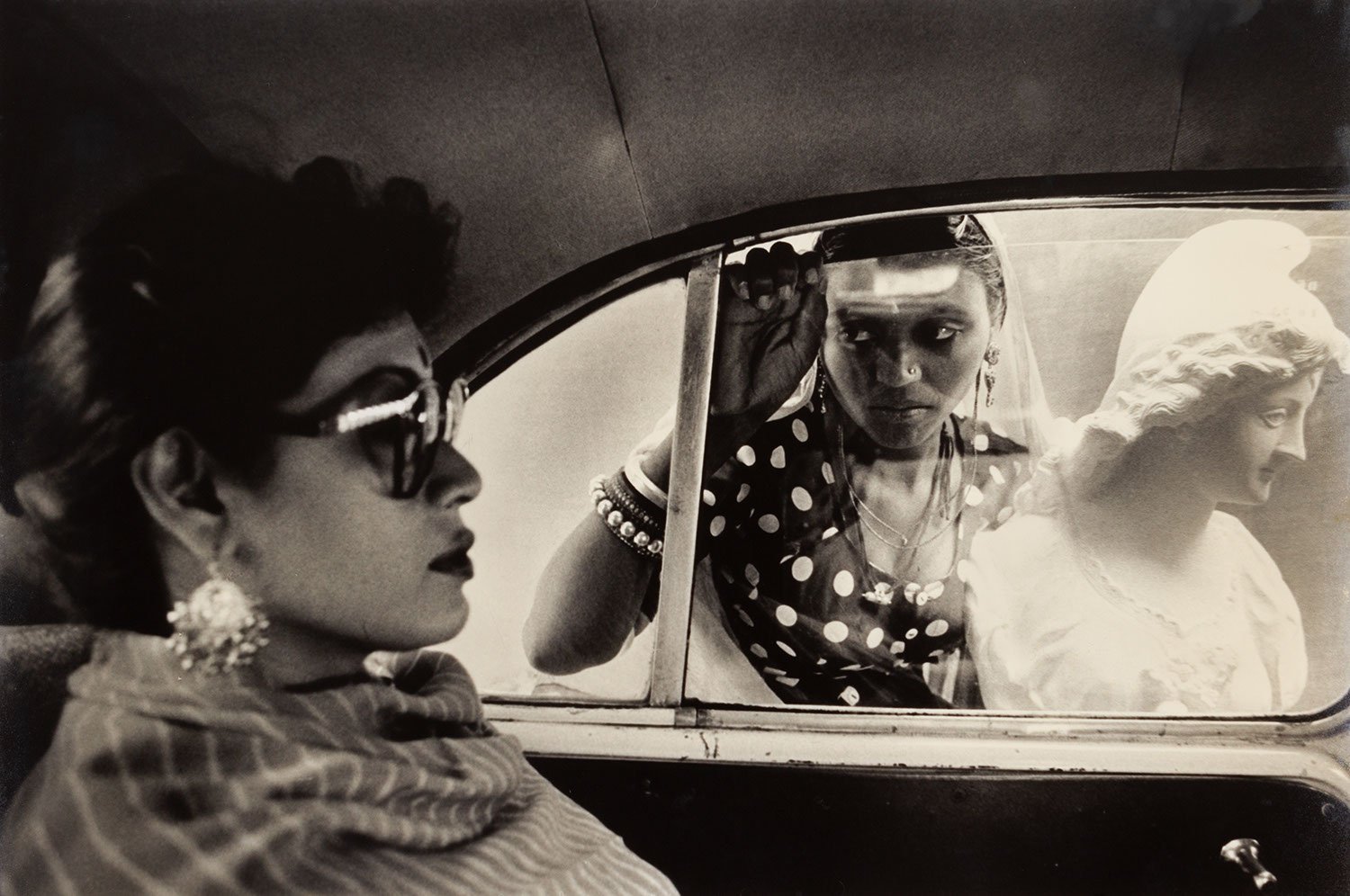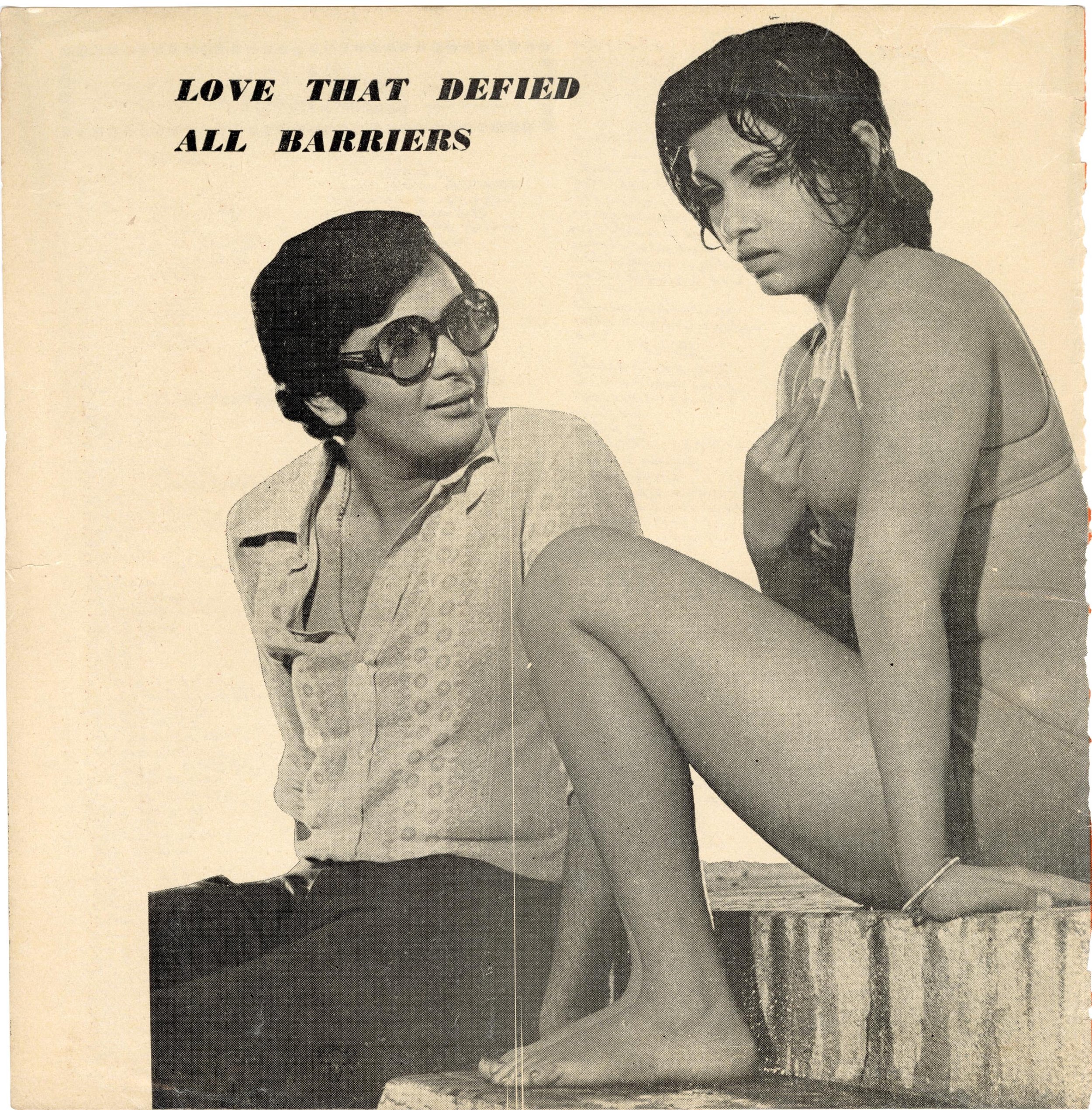An Interesting Photograph
Okay, you have my attention, picture. I’m looking, and my eye travels. I notice that the woman outside the car is wearing a polka-dot blouse. The words Bobby Print float up in my mind, and I want to know immediately whether the MAP Collection holds a poster from the 1973 Bollywood movie Bobby. It does, but not the one I was hoping for.
What I was hoping for is the image on the bottom right:
But, I digress
The woman selling statues is dressed in a beautiful Bobby Print blouse, and her bangle matches it perfectly. Did she wear it on purpose that day? I like to believe she did.
Bobby Braganza, the star of the film, in a cute white blouse with black polka dots. A look that brought forth a craze in polka dot fashion in India, where it was appropriately christened the Bobby Print.
The woman sitting in the car looks ahead, her gaze impenetrable behind her fashionable sunglasses. It is a practised look; ignore her, pretend her fingers are not creeping into your car, holding down the window. Pretend you cannot see the polka dot blouse that is further darkening your already darkened eyes. That you cannot see the statue she is trying to sell you, because you already have one (in marble) at home.
I know how to do this look too. I learnt it in just this way, as a child watching the eyes of the adults around me turn to glass at traffic intersections as statue sellers stared me down.
Poster of the 1973 film Bobby, held at MAP
This statue
There is something particularly interesting about the fact that it is a knock-off Greco-Roman statute that this woman is selling, to an upper-class, and presumably upper-caste woman in a car in Delhi.
By the late 1990’s the Greco-Roman knockoff had enjoyed a two-century-long reign as a necessary symbol of bourgeois fashion. Simultaneously tacky and aspirational, it has sat comfortably in the world of Jane Austen and the brooding Bollywood heroine. Statuary trends are slow to change, I gather, as are symbols of class solidarity.
Poster of the 1952 Bollywood film, Poonam, held by MAP
I wonder what the driver of the car made of this scene, as he waited (probably impatiently) for the traffic to flow. Was he worried that the statue seller had slid her fingers in through the crack in the window? Why was this window open slightly in the first place? Perhaps the AC wasn’t working. A hot impatient moment.
The statue seller’s eyes would have shifted to the photographer as she heard the shutter. Perhaps the car had already begun moving by then, leaving her to hastily snatch her fingers out of the window, her beautiful blouse stained with the powdery residue shed by the Plaster of Paris statue.
Statue Seller, Delhi
1997
Pamela Singh






